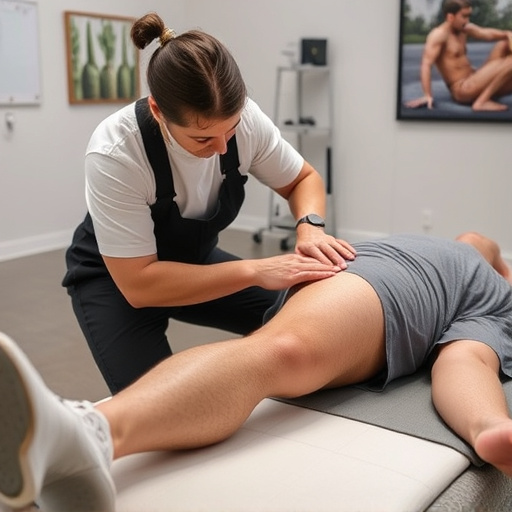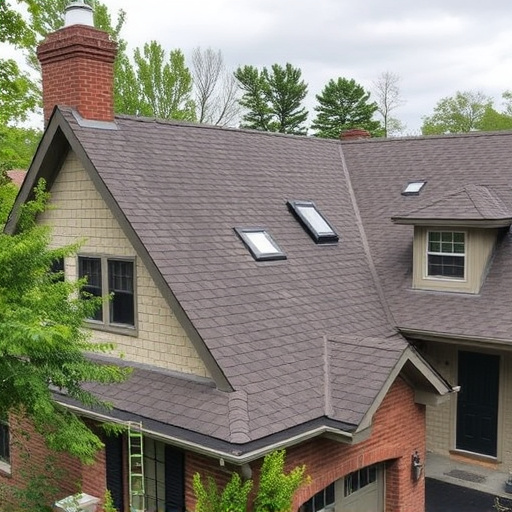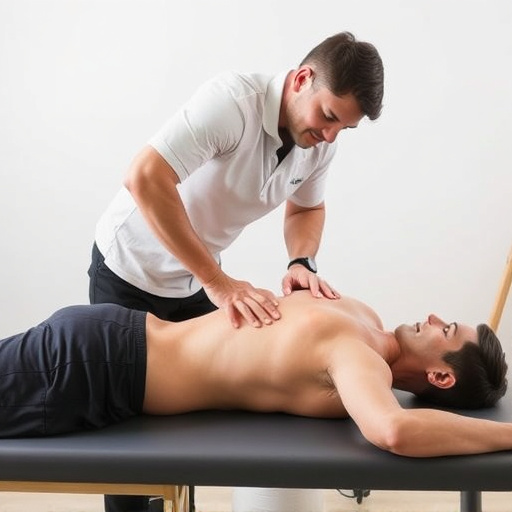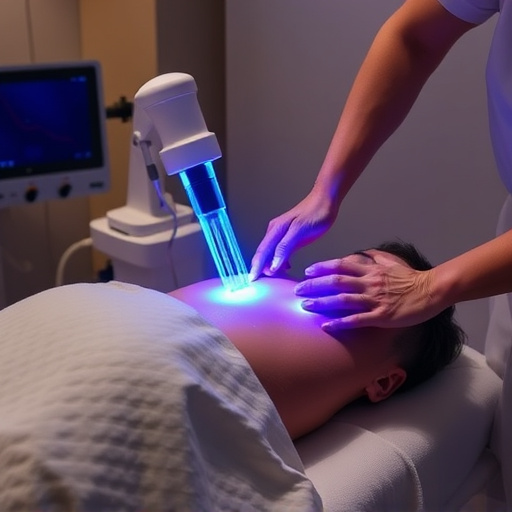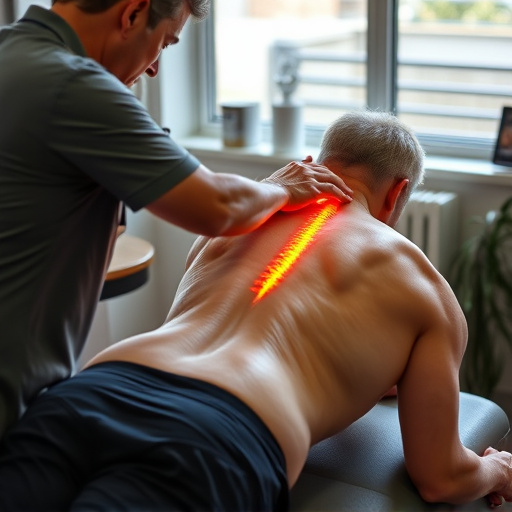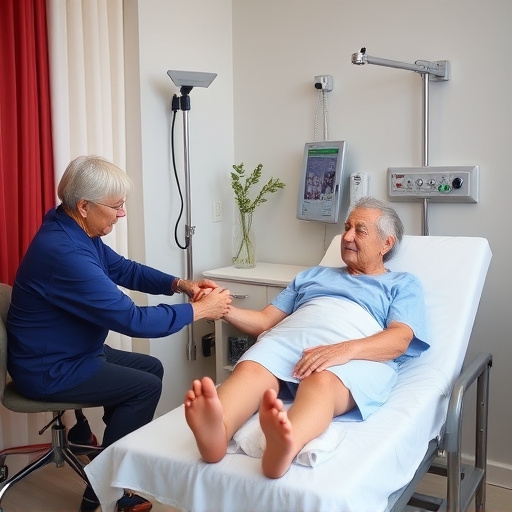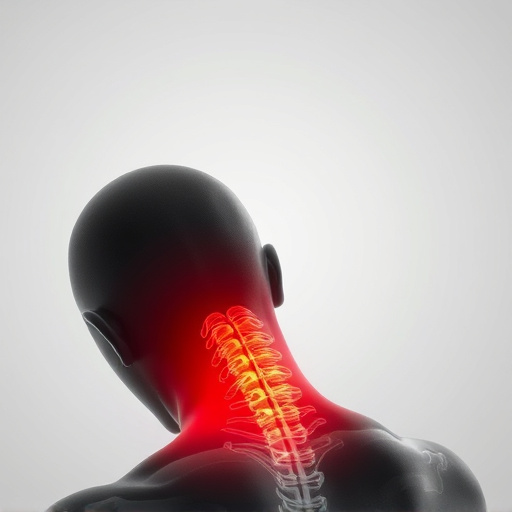Post shockwave therapy, rest and activity modification are crucial for shockwave tendonitis relief. Follow RICE protocol, do light physical therapy, avoid strenuous activities, adopt ergonomic practices, and use stress reduction techniques to prevent future episodes. Engage in low-impact exercises, maintain a healthy weight, make workplace ergonomic improvements, and practice stress management for lasting relief and improved overall well-being.
“Post-treatment care plays a pivotal role in achieving lasting shockwave tendonitis relief. This comprehensive guide delves into the essential practices and lifestyle modifications necessary for successful recovery after shockwave therapy. Understanding the post-treatment phase, adopting crucial self-care strategies, and making informed lifestyle adjustments will empower patients to manage their condition effectively. By implementing these tips, individuals can enhance their journey towards long-lasting relief from shockwave tendonitis.”
- Understanding Post-Treatment Recovery for Shockwave Tendonitis
- Essential Self-Care Practices After Shockwave Therapy
- Lifestyle Modifications for Long-Lasting Shockwave Tendonitis Relief
Understanding Post-Treatment Recovery for Shockwave Tendonitis
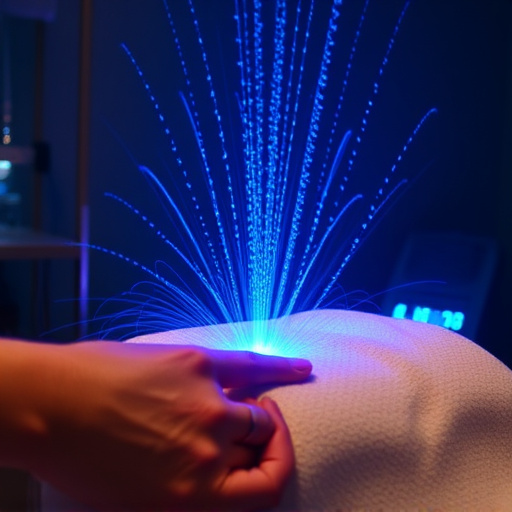
After receiving shockwave tendonitis relief treatments, patients should be aware that recovery is a gradual process. It’s essential to understand that while the initial treatment phase may offer significant pain relief, the long-term healing of the tendons and surrounding tissues requires consistent care and patience. During this post-treatment period, focusing on rest, ice, compression, and elevation (RICE) can help manage discomfort and promote proper healing.
Additionally, engaging in light physical therapy exercises tailored to strengthen the affected area and improve flexibility is beneficial. Patients should also be mindful of avoiding strenuous activities that could aggravate the condition. Incorporating lifestyle changes, such as maintaining good posture, adopting ergonomic practices, and practicing stress reduction techniques, can contribute to preventing future episodes of shockwave tendonitis. Remember, a comprehensive approach combining professional care with patient adherence to post-treatment instructions is key to achieving long-lasting relief from this condition.
Essential Self-Care Practices After Shockwave Therapy
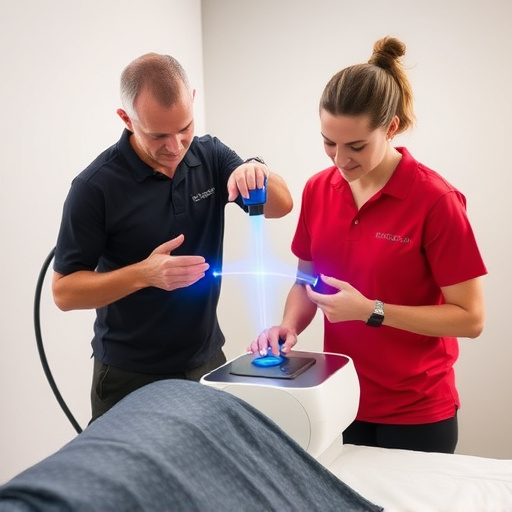
After undergoing shockwave therapy for shockwave tendonitis relief, adopting certain self-care practices is crucial to support your recovery process. One of the primary aspects is rest and activity modification. Patients should avoid high-impact exercises and heavy lifting for a period recommended by their healthcare provider. This allows the treated area to heal without exacerbating inflammation or pain. Additionally, applying ice packs several times a day can help reduce swelling and provide temporary relief from discomfort.
Proper hygiene and wound care are essential, especially if the treatment site is exposed. Keeping the area clean prevents infections and promotes faster healing. Patients should also focus on maintaining good posture to alleviate strain on the affected tendons and surrounding muscles. Incorporating gentle stretching exercises once tolerated can aid in regaining flexibility and range of motion. Remember, consistency in self-care practices significantly contributes to successful shockwave tendonitis relief and overall musculoskeletal health improvement.
Lifestyle Modifications for Long-Lasting Shockwave Tendonitis Relief
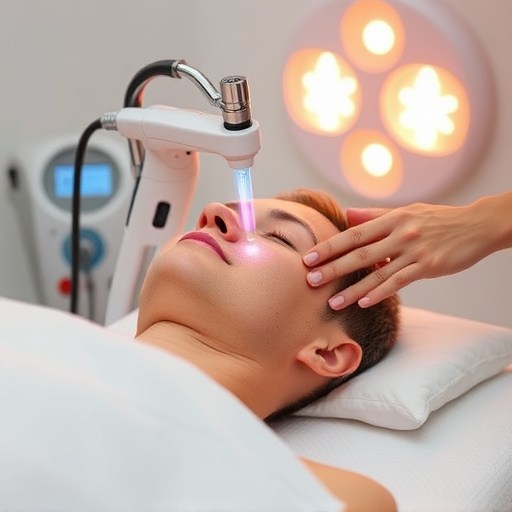
Adopting certain lifestyle modifications can significantly aid in achieving and maintaining long-lasting shockwave tendonitis relief. Patients should prioritize low-impact exercises like swimming or cycling, which gently strengthen muscles without putting excessive strain on tendons. Maintaining a healthy weight is also crucial, as excess weight can exacerbate tendonitis symptoms. Ergonomics play a significant role; ensuring your workspace promotes good posture and reduces repetitive motions can prevent further inflammation.
Additionally, managing stress levels through relaxation techniques such as yoga or meditation may help alleviate chronic pain associated with shockwave tendonitis. Incorporating these changes into daily routines can foster a more comfortable and active lifestyle while enjoying the benefits of enhanced neck pain relief, back pain relief, and overall well-being.
Post-treatment care plays a pivotal role in achieving lasting shockwave tendonitis relief. By understanding the recovery process, adopting essential self-care practices, and making lifestyle modifications, patients can enhance their healing journey. These strategies ensure optimal results from shockwave therapy, allowing individuals to regain mobility and alleviate pain associated with this condition. Remember, consistent adherence to these tips is key to achieving and maintaining long-lasting relief.


